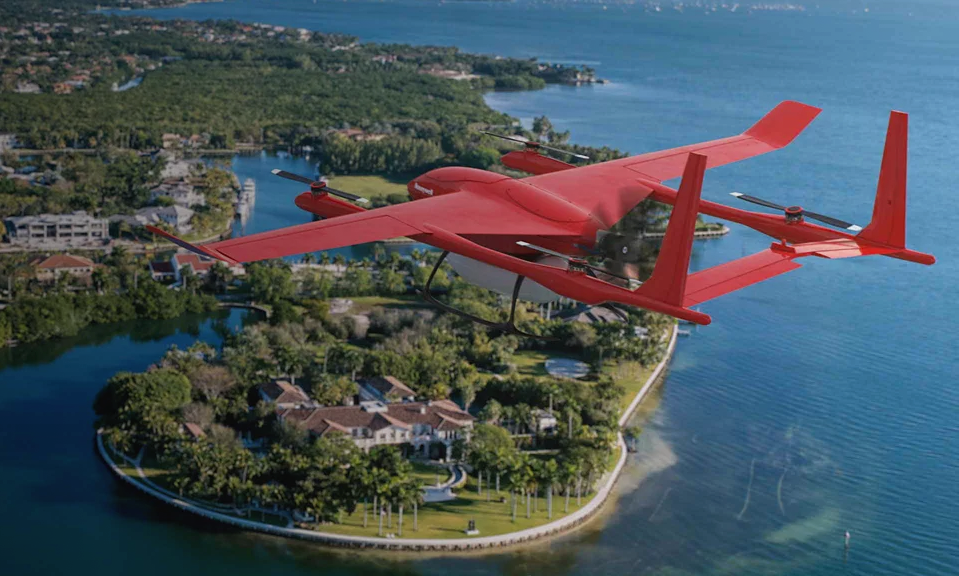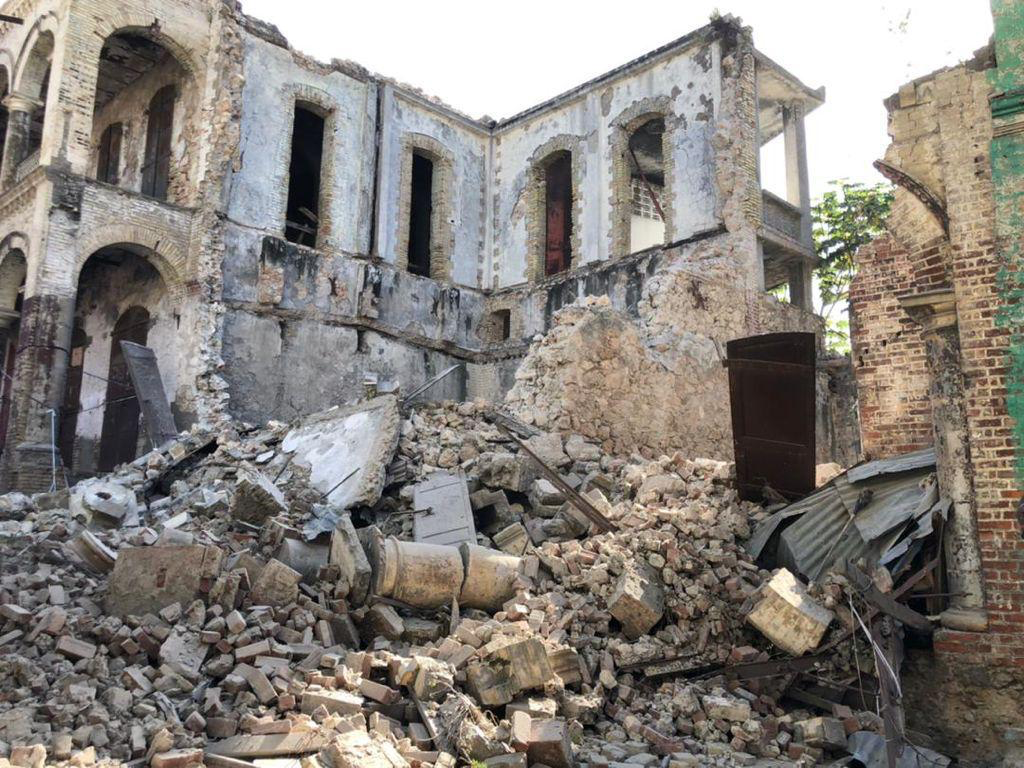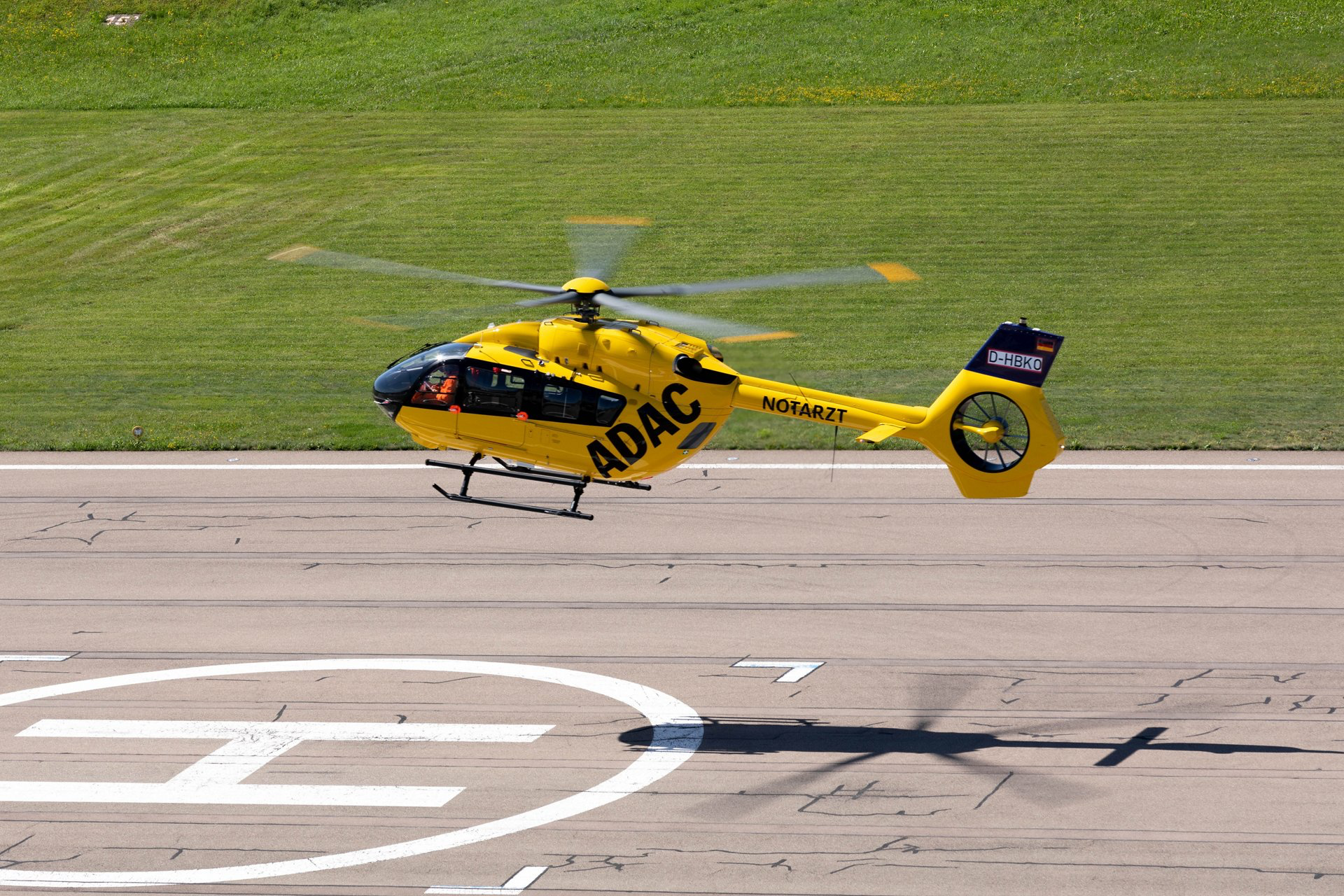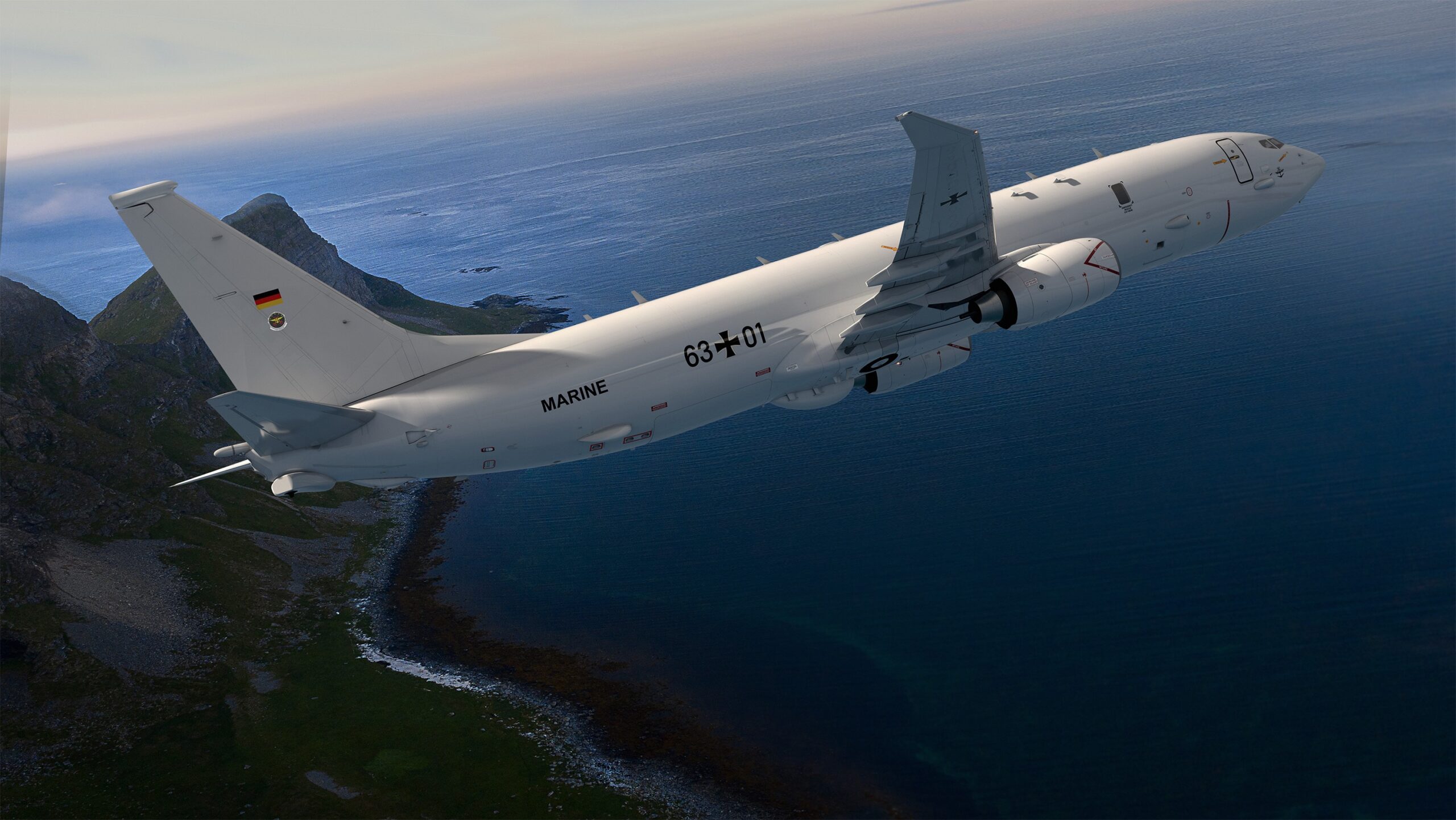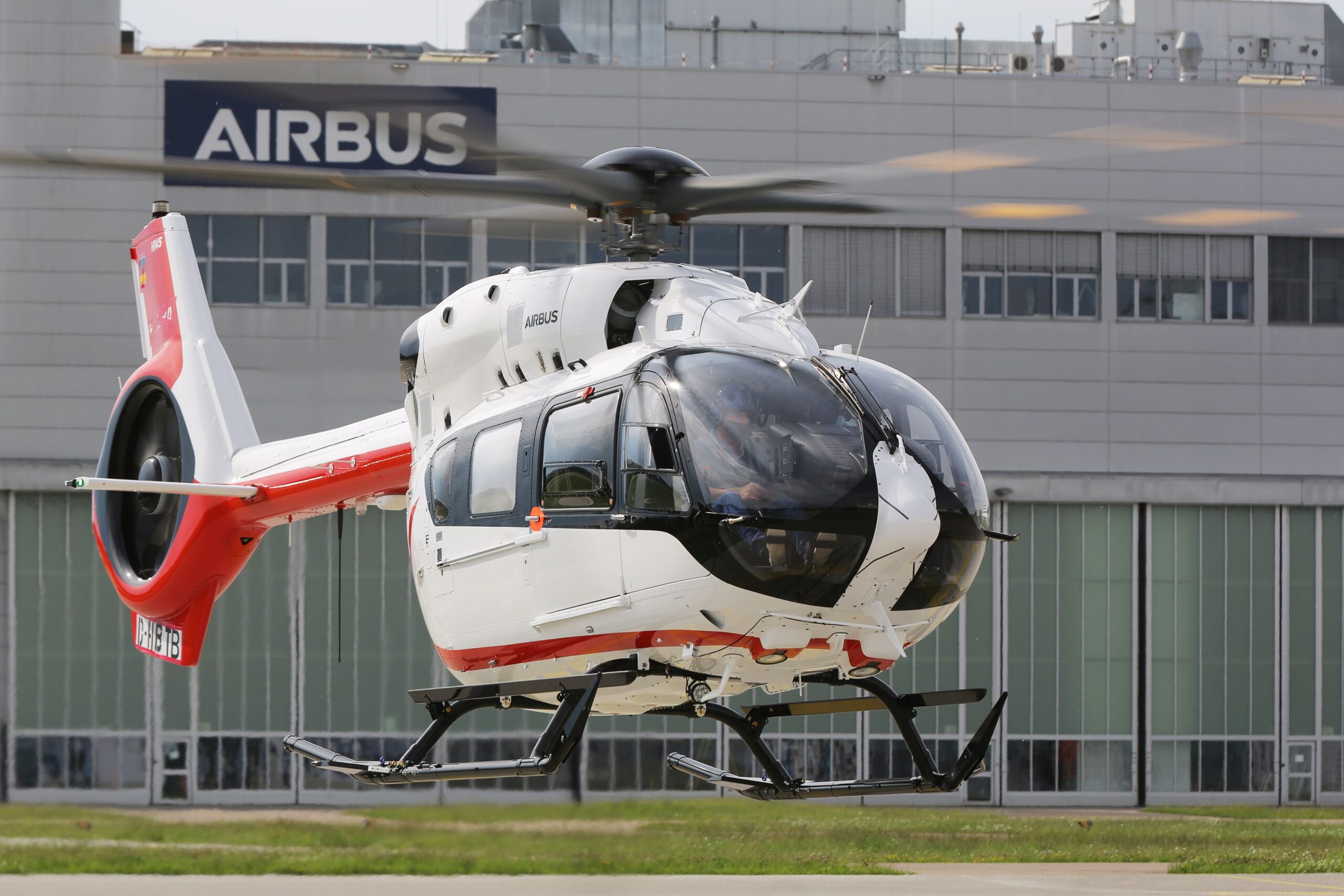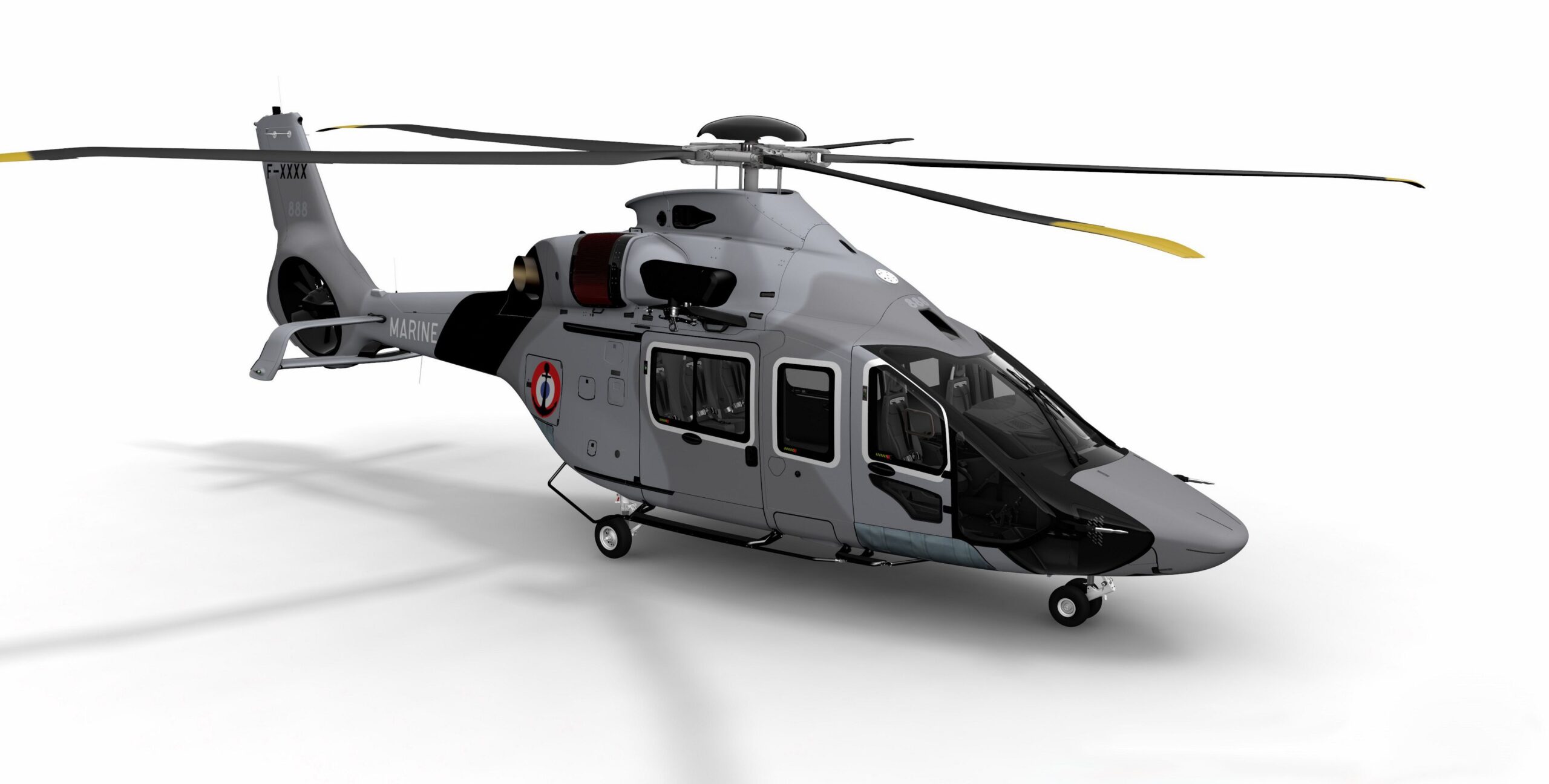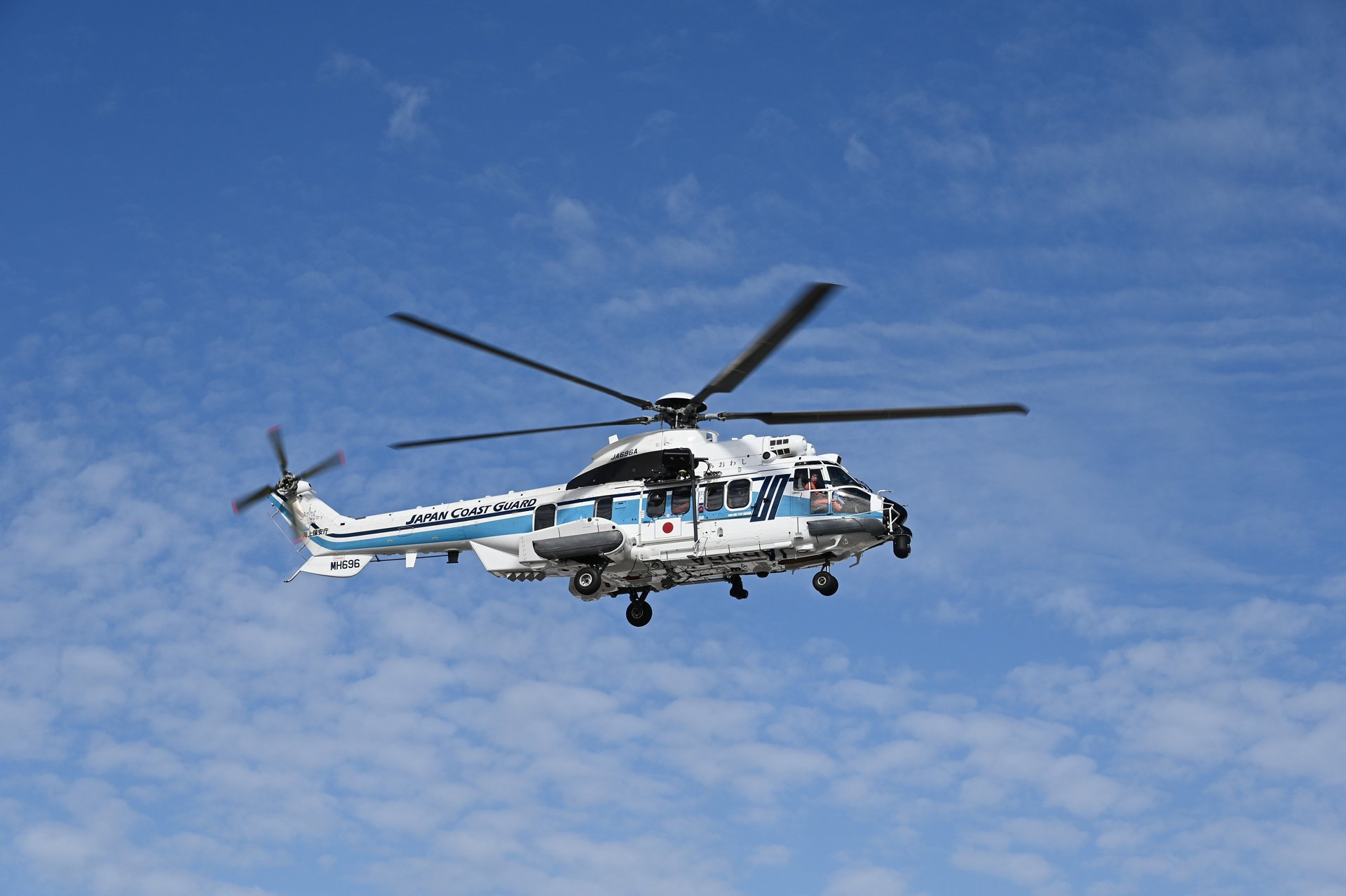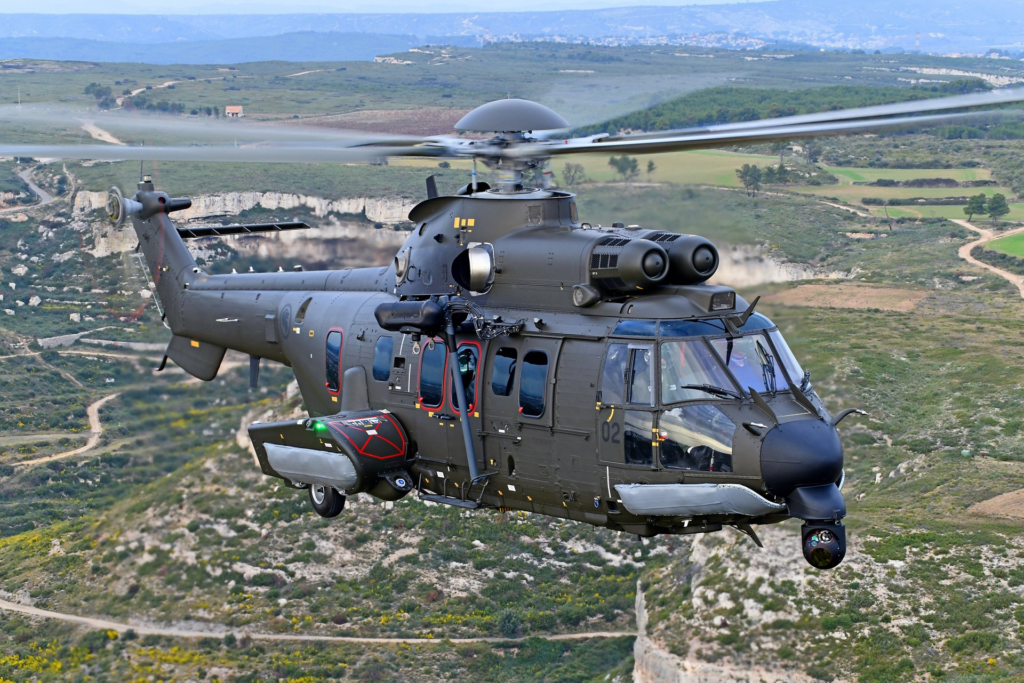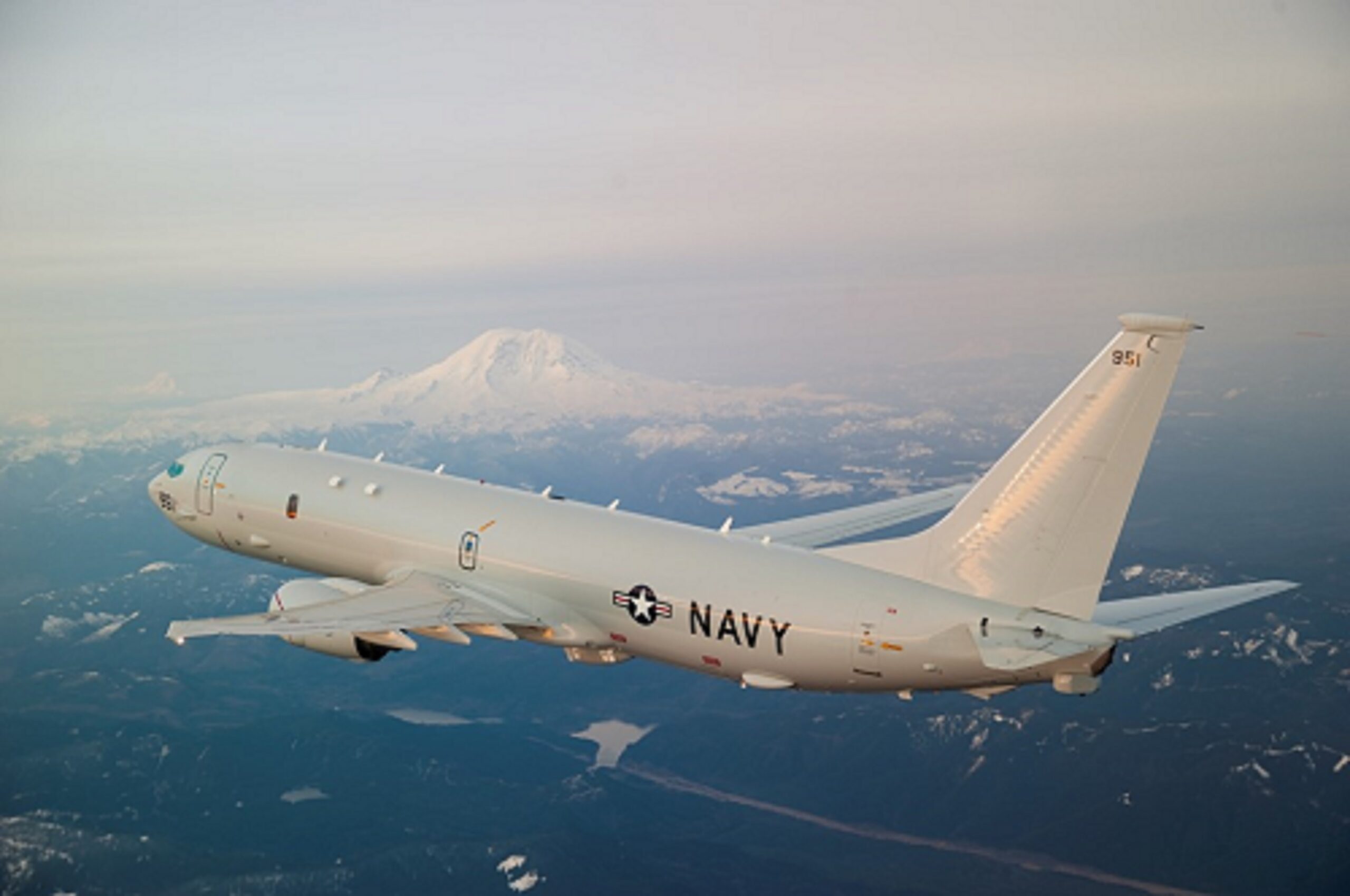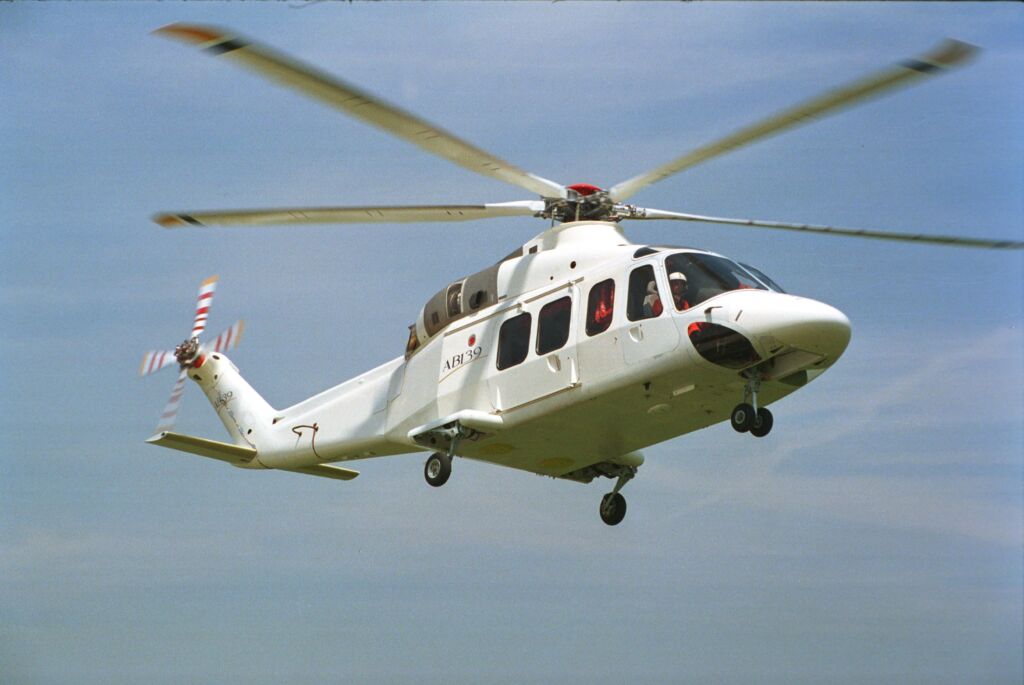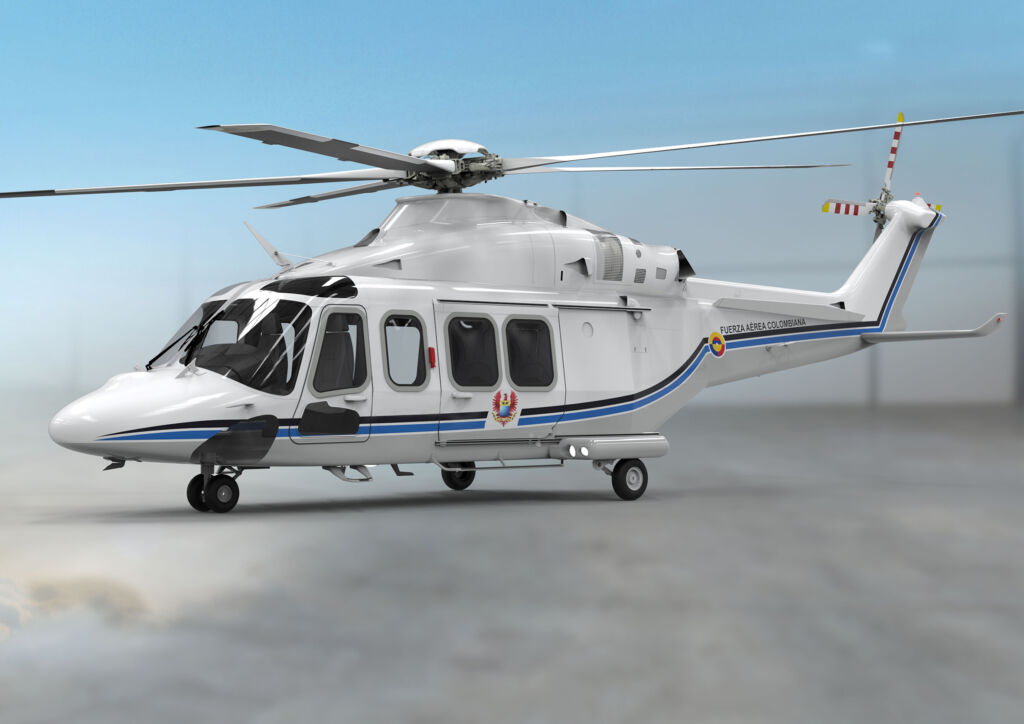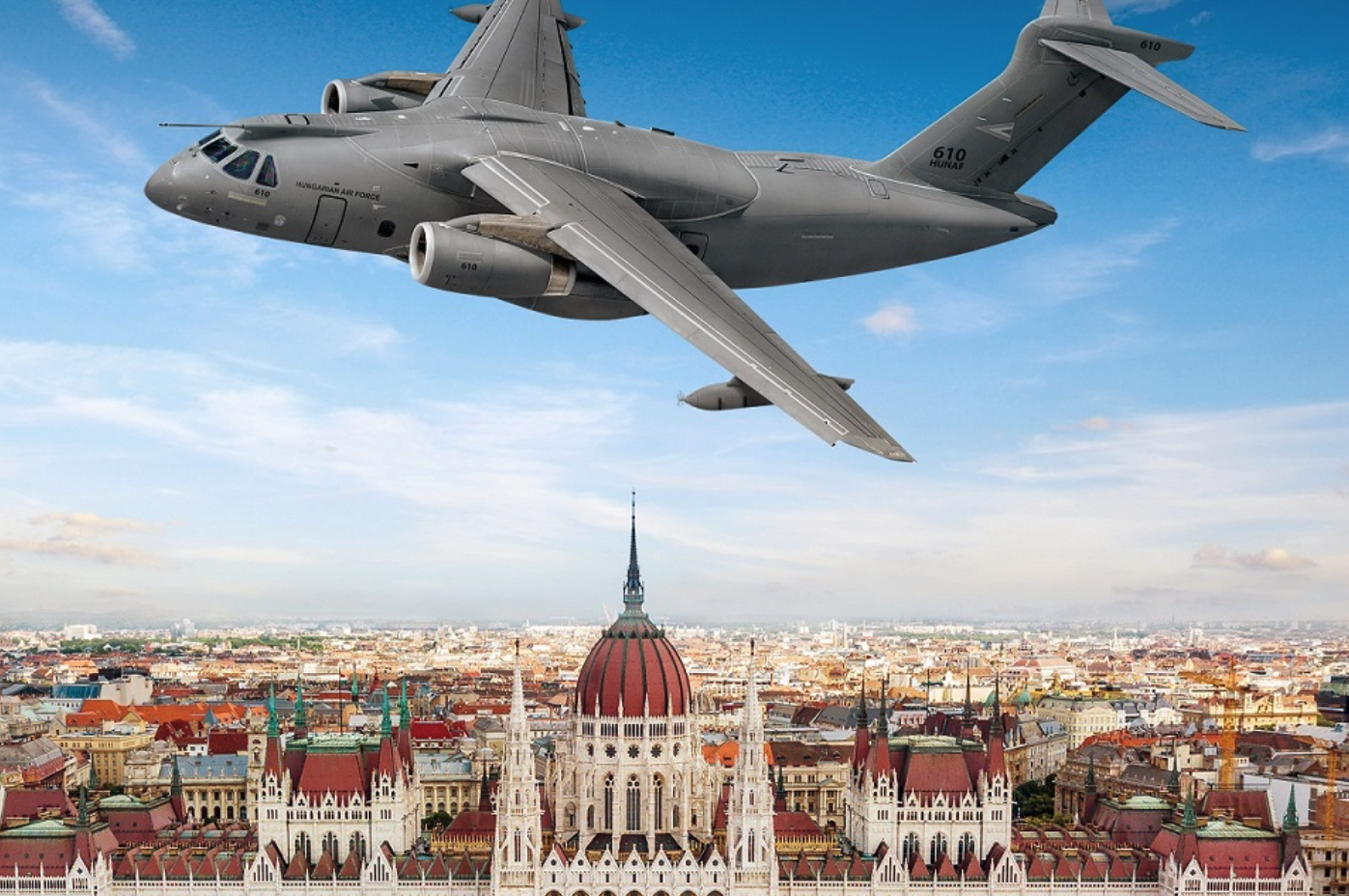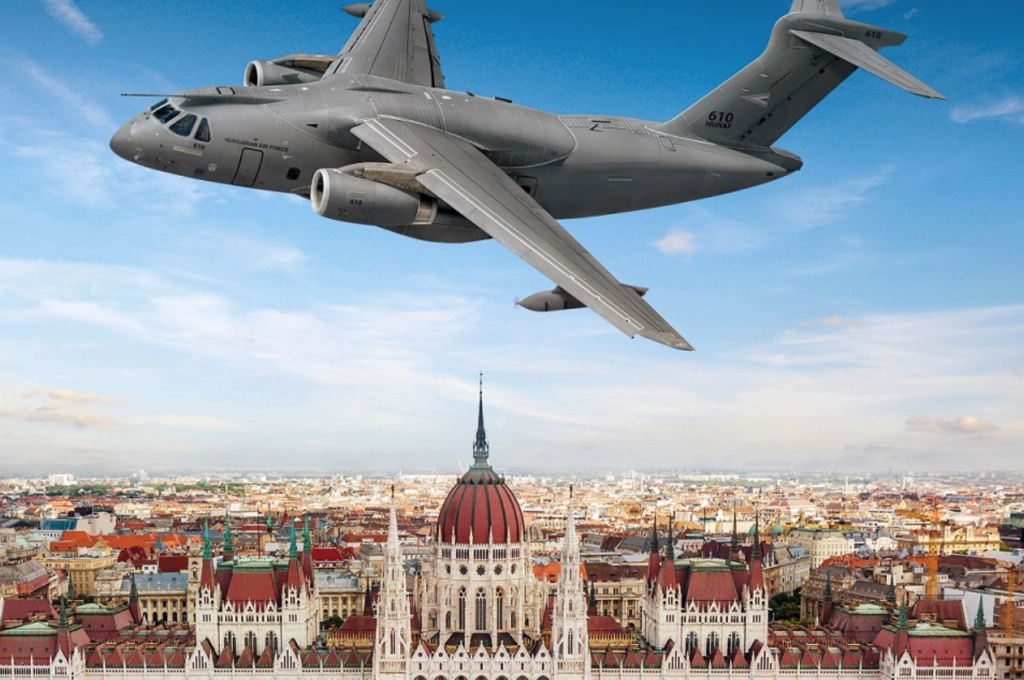PHOENIX, Aug. 18, 2021 /PRNewswire/ — Honeywell (NASDAQ: HON) is developing a new technology suite for light drones that allows them to fly three times longer and with less human intervention. Compared with traditional drones using batteries and line-of-sight radio links, drones equipped with Honeywell’s Beyond Visual Line of Sight (BVLOS) technologies can fly farther, carry more weight, avoid hazards up to three kilometers away and stream video of their progress anywhere in the world.
Honeywell’s BVLOS (pronounced bev-loss) systems are ideal for missions where distance or terrain interfere with radio links or visual guidance. Applications include last-mile package delivery, military intelligence, surveillance and reconnaissance, pipeline and power line inspection, search and rescue, or use by first responders.
The technologies draw upon Honeywell’s decades of experience building and certifying avionics, engines, and APUs for airplanes, helicopters and military drones.
The BVLOS suite comprises:
- Honeywell’s 600-watt and 1200-watt hydrogen fuel cells
- Honeywell’s RDR-84K multipurpose radar
- Honeywell’s inertial measurement units (IMUs)
- Honeywell’s UAV Satcom – the world’s smallest and lightest satellite transceiver
The fuel cells in the BVLOS suite operate three times longer than batteries with equivalent output. They work silently, unlike gasoline engines, and emit no greenhouse gases. Operators can refuel or swap hydrogen tanks in minutes, enabling more time in the air.
Honeywell’s RDR-84K is a phased-array radar that steers beams electronically, meaning it has no moving parts and requires minimal maintenance. It also requires no heavy cooling systems.
In addition to avoiding other aircraft, the radar can detect obstacles, map terrain and identify landing zones. It can act as a radar altimeter and provide mapping for alternate navigation if GPS guidance fails.
The BVLOS suite will allow drone designers to combine data in clever new ways to save weight and power. Its radar computes an avoidance path using built-in circuitry, rather than requiring a separate processor. Its satellite uplink can be used to download real-time weather and traffic reports from other drones.
Honeywell’s UAV Satcom and IMUs are available now, with some IMU models priced as low as $1,800. The RDR-84K and fuel cells are in late-stage development, and prototype fuel cells are available for purchase and evaluation now.
